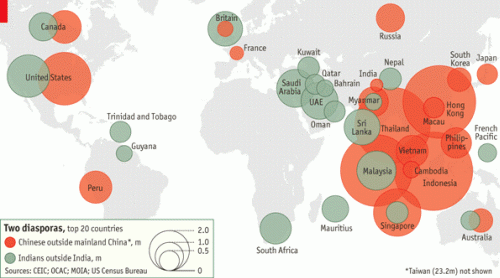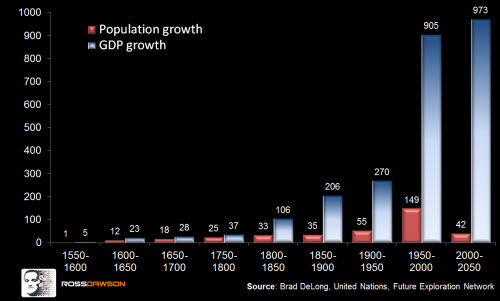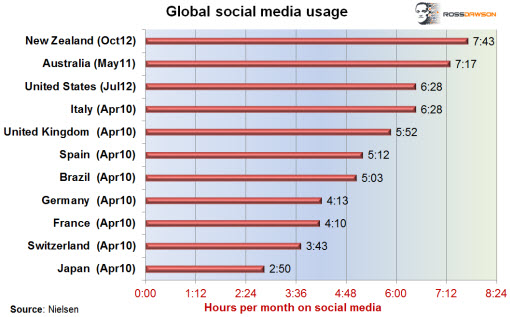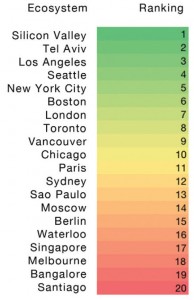The immense role of national and ethnic diaspora in driving global innovation
For over a decade I have been working with various facets of the idea of Global Innovation Networks: connections around the world that facilitate new endeavors.
Innovation always stems from diverse connections between ideas and people. Bringing in different viewpoints from around the world necessarily provides more opportunities for the new. Moreover, in the many stages of the innovation process there are almost certainly points where resources or capabilities from other countries can create better outcomes.
In my travels I have often seen how national and ethnic diaspora have been at the heart of the connections between nations. The TiE network began in Silicon Valley as The Indus Entrepreneurs, with innovators from the Indian subcontinent creating an organization that is now well and truly global, facilitating connections not just between Indians but also people of any nationality.

Source: The Economist
Read more →




